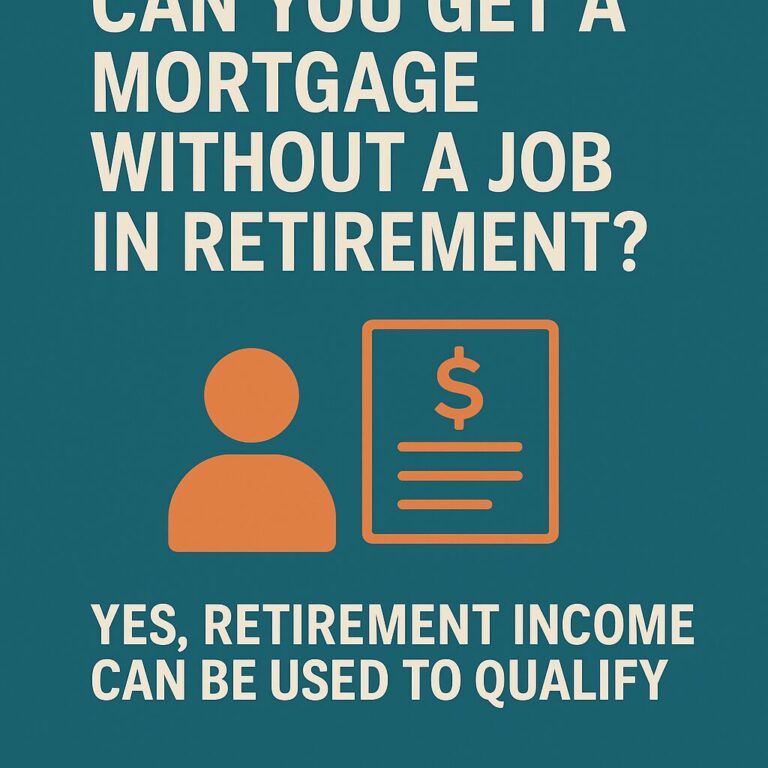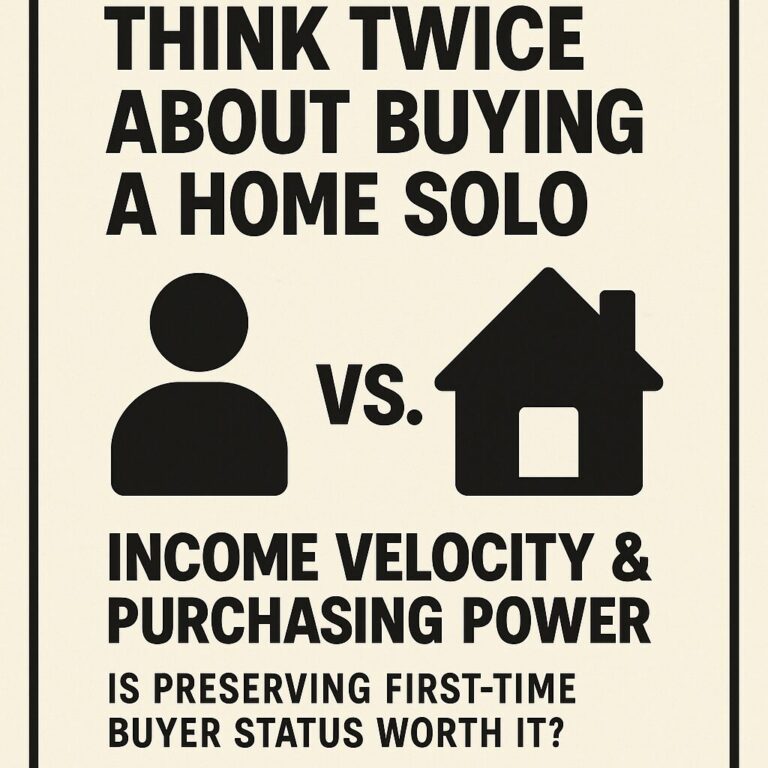When it comes to buying a home, most people focus on credit scores and down payments. Those two things matter—but if you ask any experienced loan officer what really determines how much home you can afford, the answer is simple: income.
Income is the engine behind your buying power. It determines how much a lender is willing to loan you, and in today’s market, that number is more important than ever.
How Much Will a Lender Actually Loan You?
Lenders typically use a ratio of around 5.25 times your annual income to estimate your maximum purchase price. For example, if you earn $120,000 a year, you could reasonably expect to qualify for a home in the $630,000 range. This ratio is not a hard rule but serves as a solid benchmark. It varies slightly depending on current interest rates, property taxes, HOA dues, and other monthly obligations.
What lenders are really evaluating is your debt-to-income ratio (DTI). This is the percentage of your gross monthly income that goes toward debts—things like credit cards, car loans, and your future mortgage payment. Ideally, your total DTI should be below 43%, although some loan types allow for higher thresholds depending on your overall profile.
Why Credit Score Takes a Back Seat
While your credit score impacts your interest rate and loan program eligibility, it does not dictate how much you can borrow. A borrower with a 680 score and $150,000 in annual income will likely qualify for a larger loan than someone with an 800 score making $70,000 a year.
Credit is a pricing factor, not a qualifying limit. You can think of your score as helping determine how expensive the loan will be, but not how much you’ll be offered.
The Myth of the Down Payment
Down payments are important—they impact your loan-to-value ratio and can reduce your monthly payment—but they don’t increase your borrowing ceiling the way income does. A borrower with $100,000 saved and modest income may not qualify for more than a buyer earning $200,000 a year with only 5% down.
In today’s market, it’s not uncommon to see highly competitive buyers offering large down payments but still being capped by income when it comes to overall purchase power.
Let’s Talk Real Numbers in 2025
Interest rates have hovered between 6.5% and 7% over the last quarter. At these rates, the monthly mortgage payment on a $600,000 loan (30-year fixed at 6.625%) is around $3,850 before taxes and insurance. For a household making $130,000 per year, that’s right at the top of the affordability threshold.
Throw in property taxes, homeowners insurance, and potentially HOA dues, and you’re looking at a total monthly housing expense that may exceed $5,000. Without sufficient income, even perfect credit and a hefty down payment won’t make the numbers work.
What You Can Do Right Now
-
Know your gross income and calculate 5.25x to get your affordability estimate.
-
Get pre-approved with a lender who understands nuanced income types (like bonuses, overtime, self-employment).
-
Focus on cash flow, not just savings. Your monthly budget will determine your comfort—not just what’s in your bank account.
-
Ask about lender credits and strategy—working with the right team can help you squeeze the most out of your purchasing power.
The Bottom Line
Income is the bedrock of your ability to borrow. While credit and down payment play supporting roles, your paycheck is the true gatekeeper to how much home you can afford. If you’re thinking about buying, refinancing, or simply want to understand what’s possible, it all starts with income.
Let’s run the numbers together and see what’s possible for you.
Looking to get a loan? Get a free quote today!
Share:
Posted in: buying a home, buying power, credit vs income, debt-to-income ratio, home affordability, home buying power, home loan strategy, housing market, income, income and loans, income-based lending, loan approval, mortgage, mortgage advice, mortgage tips, real estate financing, real estate tips, sonoma county, Sonoma County mortgages
RELATED MORTGAGE ADVICE FROM SCOTT SHELDON
VA Loans and the Clear Pest Report Requirement: What Buyers Need to Know
If you’re a homebuyer using a VA loan to finance your property, there’s a unique…
How to use child support income to qualify for a mortgage
If you’re receiving child support and planning to buy a home, you might be wondering:…
View More from The Mortgage Files:
begin your mortgage journey with sonoma county mortgages
Let us make your mortgage experience easy. Trust our expertise to get you your best mortgage rate. Click below to start turning your home dreams into reality today!



